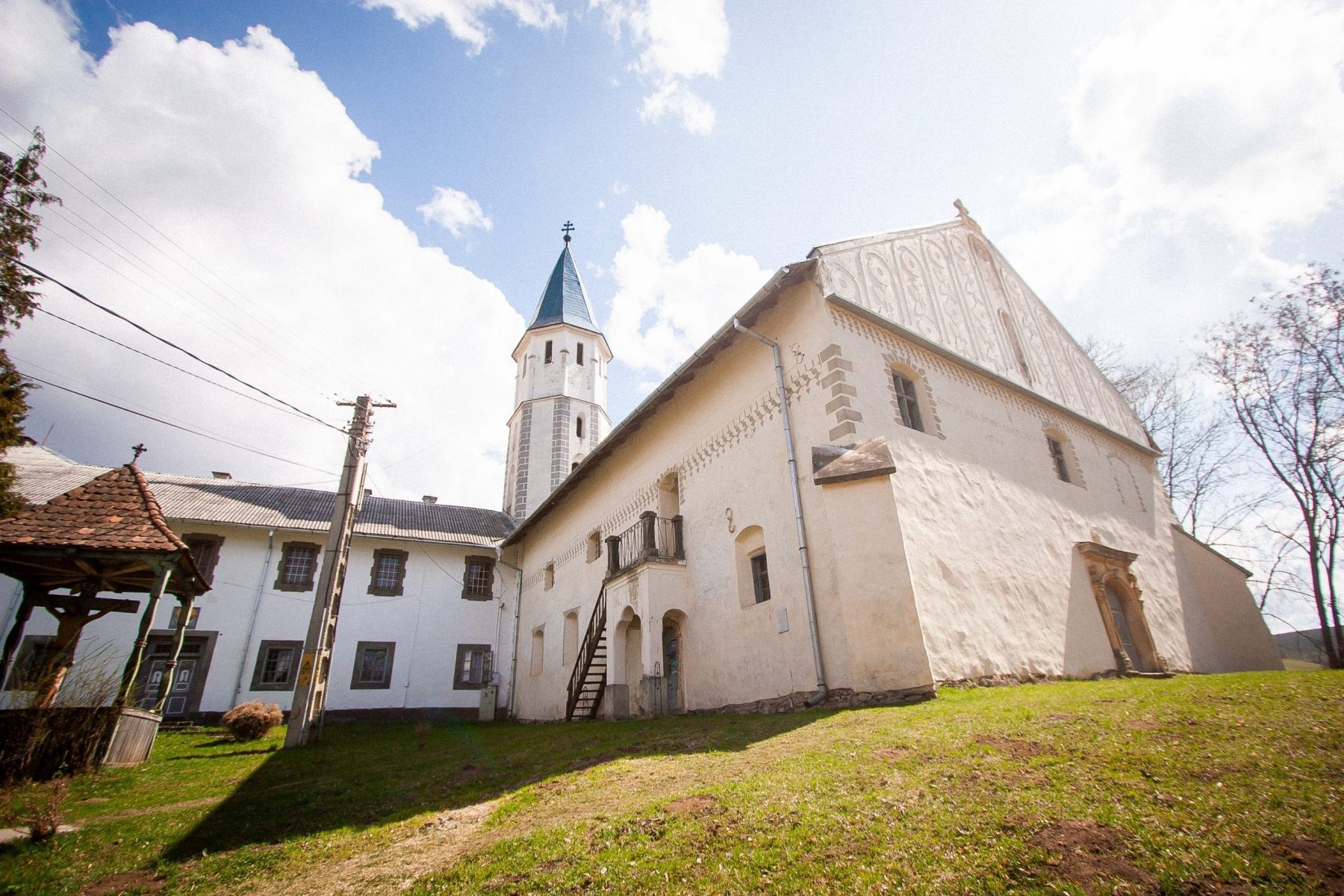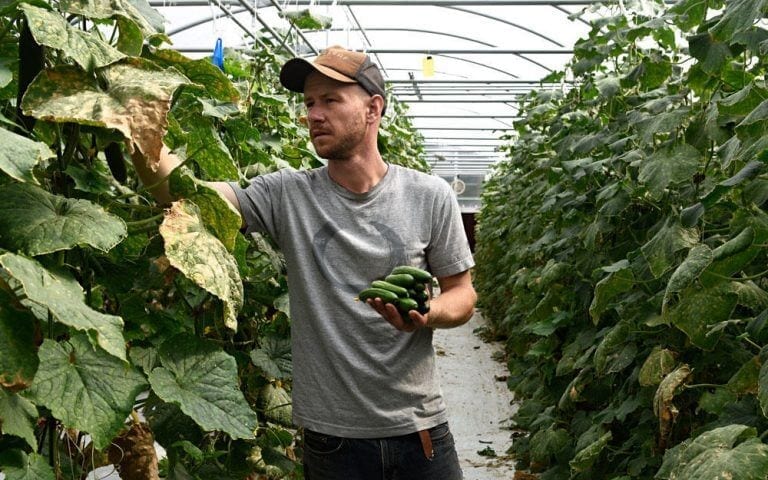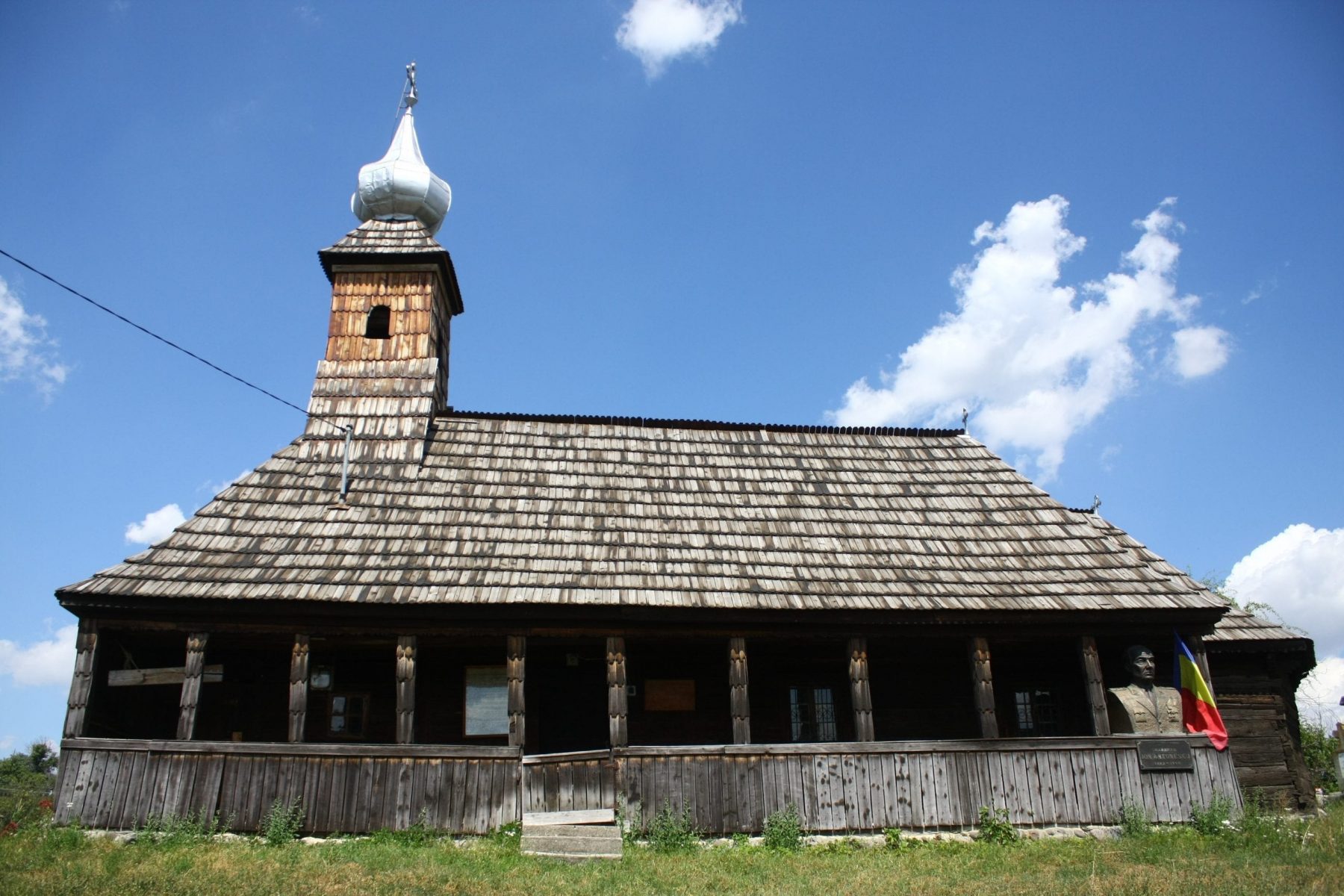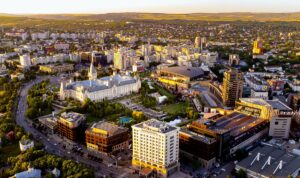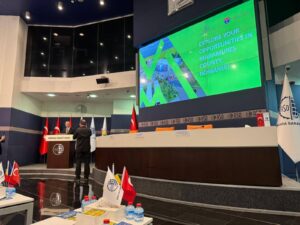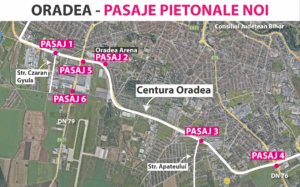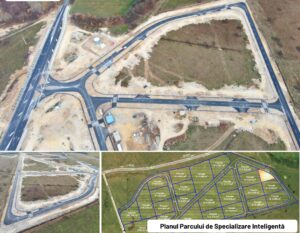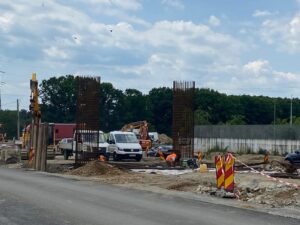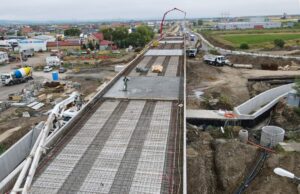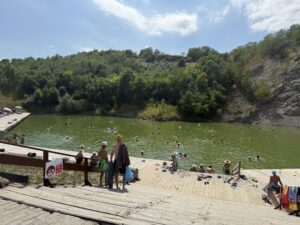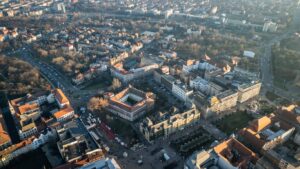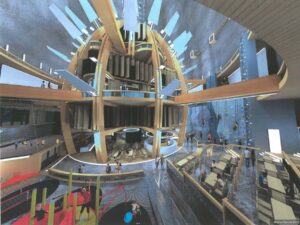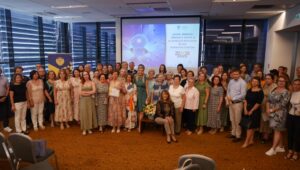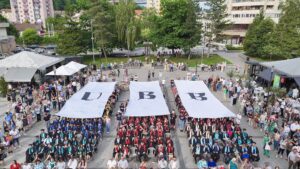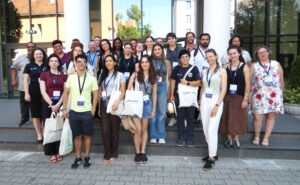In a fairy tale land, the “Szekler” area of Mureş County, from Târgu Mureş to Bălăuşeri, Sovata or the localities on the Niraj Valley, represents an important cultural, ethnological and historical legacy of Transylvania and Europe. Fairy tale landscapes, churches, castles, the unique folk costume, and exciting events wait for you to discover them throughout the year.
The Călugăreni Franciscan Monastery
The Franciscan monastery and church from Călugăreni is perhaps the most valuable religious edifice of the Niraj-Valley. The Franciscan friars settled down there in the 17th century, at the time of Protestant princes. The Transylvanian Roman Catholic Status asked for auxiliary priests from the Bosnian province in 1630; subsequently, four friars arrived at the Mătrici parish. As a result of their activity the surrounding villages preserved their Roman Catholic belief.

One of the man supporters of the Franciscan friars, who also initiated their invitation, was Mihály Toldalagi, chief constable of Marosszék. In 1635 he bought a house and an estate for them in Călugăreni. The friars who moved there from Mătrici built a stone chapel and a wooden monastery next to it. In this work they were assisted by their fellow friar, the later bishop Kázmér Domokos, who also assumed to mediate between the friars not speaking the Hungarian language and the people. János Kájoni becoming the prior represented a new era in the life of the monastery. In 1666 he had the existing monastery pulled down and, in its place, he started to build the storeyed stone building that also exists today. At the same time, he extended the chapel into a church. After he had left (1669), his successors continued the work started by him.
In the 17-18th centuries, the monastery becomes a cultural and spiritual center of major importance in the life of the Szekler.
Source: visit-mures.com
Rhédey Castle, the Countess of Hearts and the British Crown
The visits Prince Charles, heir to the throne of the United Kingdom of Great Britain and Northern Ireland, has made to Transylvania have not been fortuitous; underlying them are the blood ties that the British Royal Family has in this corner of the world. These genealogical roots go as far as the small town Sângeorgiu de Pădure in Mureş County. Queen Elizabeth II is the great-great-granddaughter of Countess Claudine Rhédey, who is buried at Sângeorgiu de Pădure, in the crypt lying underneath the Reformed Church. The fame of the castle in this town is linked to her name. Hers is a beautiful story with a sad ending.

Countess Claudine Rhédey was born in 1812, received a distinguished education and was one of the most beautiful women of her time who frequented the Imperial Court in Vienna. Claudine Rhédey, as the chronicles record, fell in love at first sight with Alexander of Württemberg, the son of the younger brother of the German King Frederick I of Württemberg, but the young couple got married only in 1835, after the death of Claudine’s father, László, who opposed the marriage of the two because of their difference of rank. Claudine and Alexander had three children Claudia, Ferenc and Amalia. In 1841 the Countess died, and was buried in a lead coffin, at Sângeorgiu de Pădure, where Duke Alexander also retired, overwhelmed with grief and sadness.
The kinship between the Württemberg-Rhédey family and the British Royal House began with Claudine and Alexander’s son, Ferenc. The daughter of Ferenc and Princess Mary Adelaide, Mary Prinzessin von Teck, married George, the grandson of Queen Victoria of Great Britain and the grandfather of Elizabeth II. Their son, George VI, married Lady Elizabeth Bowes-Lyon, with whom he had two daughters, one of which is Elizabeth II, the current Queen of England. Moreover, the British Crown sent a plaque in memory of the Countess, with the following text, in English and Hungarian, to the fortified church in Sângeorgiu de Pădure: “In memory of Claudine, Countess of Hohenstein, the wife of HRH Alexander, Duke of Württemberg, who died in 1841. Erected by her niece, Victoria Mary, Princess of Wales”.
Located, just like most noble Hungarian castles, near a watercourse, by the River Târnava Mică, on DN13A Bălăuşeri-Sovata, the noble residence was built in the 18th century. Its current Baroque appearance is due to the rehabilitation works that took place between 1807 and 1809 when the castle was already owned by the Rhédey family. The new building was one floor higher, had large, arched parlors and very many murals. The castle also passed through the dark period of nationalization. The building was reduced in size, wooden beams were placed on the ceiling, and almost nothing was left of the beautiful park. The castle accommodated the local school group for a while.
Declared a historical monument, Castle Rhédey began to be rehabilitated with funds from the Ministry of Culture and Cults.
The church sunk under the waters of Lake Bezid
At Bezidu Nou, the few remaining houses speak of a community that could have been a model of inter-ethnic coexistence and religious tolerance. It is what the ruins of the former Roman Catholic church seem also to whisper out of the lake waters. The lake, now a tourist attraction and a real paradise of fishermen, hides the sad story of the 180 families that went into exile in 1989 because Bezidu Nou was sunk. The communists wanted to build a hydro-technical work on the site of the village for the water supply of the Tîrnăveni plant. The locality had a rich history being first mentioned in a document as early as 1566. Presently, Bezid is the only reservoir lake in Mureş County, and the legend attracts thousands of Romanian and foreign tourists every year. The lake is at 2 kilometers distance from Sângeorgiu de Pădure and 42 kilometers from Târgu Mureş.
The Roman-Catholic church near Bezid Lake which was destroyed a couple of years ago will be rebuilt and open for visitations for tourists due to a project launched by the Sangeorgiu de Padure City Hall.
“Mocănița” (narrow gauge railway) Sovata – Câmpul Cetăţii

“Sovata” Mocăniţa, which tourists enjoy nowadays on the route Sovata- Câmpul Cetăţii, travels on an ancient narrow railway that was built in the period 1912-1915 between Târgu Mureş and Praid. It functioned until 1997 when it was deactivated. The railway was restored on the Târgu Mureş – Sovata segment between 2010 and 2011, and from August 2011, “Mocăniţa” has been put into service on the Sovata-Câmpul Cetăţii segment, as a train with a steam engine and a trainset with 4 gondola wagons. The maximum speed of the mocăniţa is 35km/h, and the autonomy is 30km.
“Galopiada Mureşeană” (Mureș Galloping), riding and culture at superlative

“Galopiada Mureșană” is a riding competition, which started in 2013, for amateur riders, which is supplemented by cultural programs and a craftsmen and local manufacturers fair. Recently, Sângeorgiu de Pădure has been the host of this successful event organized annually at the end of June.
“Theatre in the barn” in Călugăreni
The tradition of the Călugăreni theater has its roots since the 17th-18th centuries, when the students of the religious school held performances, in Latin and Hungarian, with the support of the Franciscan friars.
In 2002, several actors dreamed of organizing a summer festival, the Theatre in the barn, which has since moved from a crowded cultural home to a shaky barn, later rebuilt. The purpose of the event that takes place during the theater season’s summer break is to preserve and revive culture in the communities of the Niraj Valley, living far away from cultural centers and preserving traditions. It is held every year at the end of June.
Câmpul Cetăţii (The Fortress Field), land of fairy tales and gastronomy
After having enjoyed the mountain trout’s authentic taste, cooked by traditional recipes, at the “trout” restaurants, you can enjoy the “Balloons Parade” from Câmpul Cetăţii, an internationally acknowledged event that marks its 14th edition in 2019. Dozens of hot air balloons make every year a real aeronautical show, attended by thousands of spectators from all over Romania and abroad. This year, the event will take place on September 27-29.
The “Valea Nirajului” (Niraj Valley) Festival, treasure of craftmanship traditions
The “Valea Nirajului” Festival, which coincides with the “Days of the Miercurea Niraj City”, takes place annually in early August. It is a festival of the people in this area, an event promoting local traditions and culture, local and craftsmanship products. The festival’s schedule includes a craftsmanship products fair as well as a series of theatre, dance and music shows.
By Ligia VORO & Ionel ALBU
Main photo: Rab Zoltan
(From the special edition of TB 86 – „ENJOY TRANSYLVANIA!” – May/June 2019)




